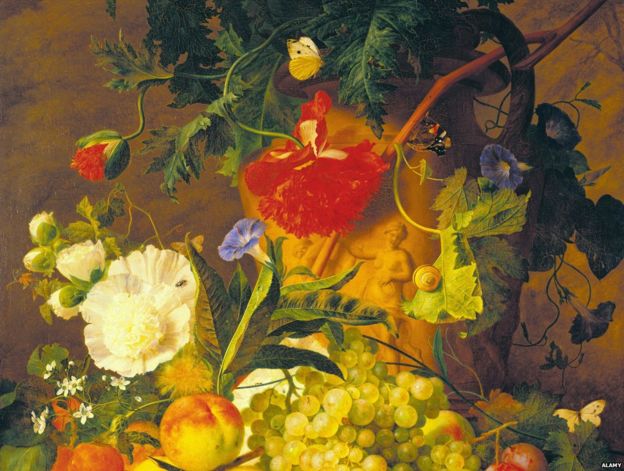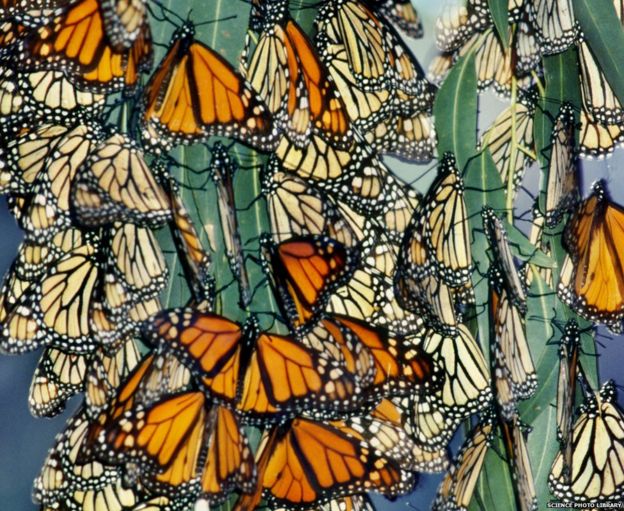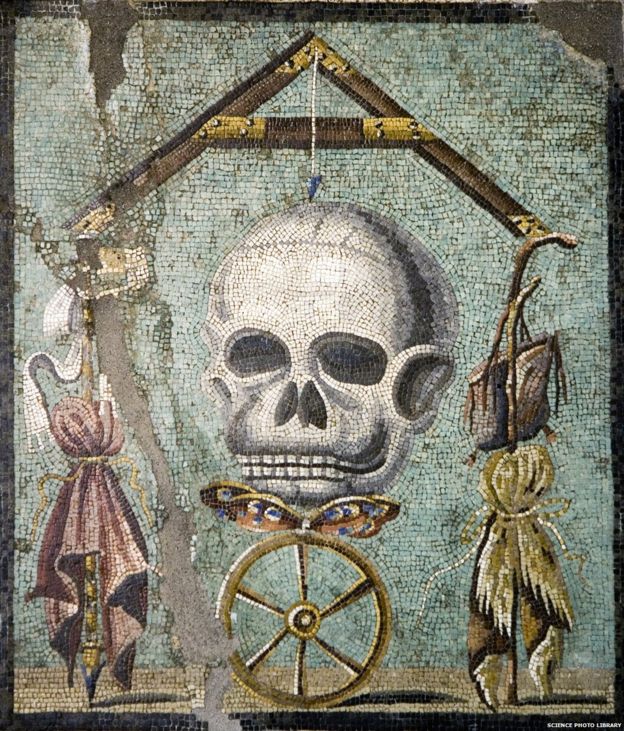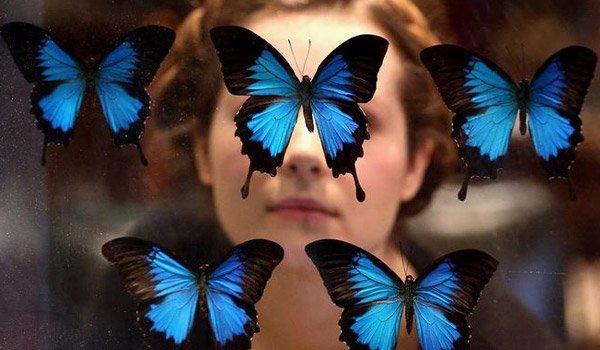Butterflies seem to distil out of warm summer air. Their fleeting, fragile appearance has inspired poets, authors and musicians through time.
They were "flowers that fly and all but sing" to the American poet Robert Frost, but took on a more tragic hue for Victor Hugo. In his poem, The Genesis of Butterflies, they "Are but torn love-letters, that through  the skies / Flutter, and float, and change to butterflies."
the skies / Flutter, and float, and change to butterflies."
Bitter or sweet, ethereal or sinister, the delicate wings of butterflies have borne the burden of our hopes and fears for centuries.
In his new book, Rainbow Dust: Three Centuries of Delight in British Butterflies, Peter Marren traces the many beliefs that have been held about these creatures. He believes their journey from egg to caterpillar to chrysalis to winged beauty has evoked stories that resonate with the mysteries of the soul, life and death.
For some, these transitions are symbols of hope, a sign that the human soul can break from earthly ties, darkness and confinement to fly into the light.
The ancient Greeks were transfixed by this notion, identifying the butterfly with the essence of our being - and Psyche, the goddess of the soul, is often depicted with butterfly wings.
For the ancient Greeks, "The butterfly was telling us about our own lives," says Peter Marren.
Through time, some butterflies took on different meanings. The bright fire-colours of the red admiral, with its velvet black wings slashed with crimson, inspired images of an inferno.
"This became the butterfly from hell," says Marren. The imagery was used by 17th Century Dutch artist Jan van Huysum - in one of his paintings a white butterfly, a sign of hope, feeds on a vase of full flowers - but sitting on a sickly bloom in the shadows is a red admiral.
Death and sin are ever present - a painted lady can be seen in Durer's Madonna with the Iris, where it symbolises the crucifixion. The white butterflies on the other hand represent purity and hope.
Less colourful, even dowdy, butterflies are also used in art to reflect our fears. In Hieronymus Bosch's Garden of Earthly Delights, butterflies, or at least devils with the wings of meadow browns and small tortoiseshells, are part of the throngs of hell, involved in all kinds of unpleasantness towards people. These are far from fluttering beauties from an ethereal realm.

Eyespots on a butterfly's wings were not always seen as a deterrent designed to scare off hungry predators, but a means of watching our behaviour from the hedgerow. Butterflies became moral spies, sent by God, to a world where it is all too easy to slip up. They watched us, not the other way round.
But today we are watching them - intensely, as modern portents of doom, already affected by climate change.
In the UK, some butterflies have had to find new habitats. The comma, for example, has moved 137 miles northwards from central England to Edinburgh in two decades. Over the same period the mountain ringlet has moved 490ft higher, becoming extinct at lower altitudes.
The brown argus has widened the area in which it lives and can now be found not only in most of southern and eastern England but as far north as Yorkshire too. The speckled wood has been spreading northwards since 1940.
We look to the sensitive butterfly for visible effects of a warming world - what we find is a world in flux and our interest in what butterflies are telling us increases.

In the Americas there has been a precipitous decline in the population of the monarch butterfly. This beauty, often described as shards of stained glass falling through sunlight, can be found along a 2,500-mile (4,000km) migration route between Canada and Mexico.
In 2004 an estimated 550 million arrived at their usual wintering ground. But 10 years later, in 2014 there were just 50 million - a decline of about 90%.
Today, butterflies' flutterings make us sit up and take notice of what is happening around us - they are both harbingers and victims of climate change and we are studying them for what they can tell us about the future prospects of life on earth.
(BBC News)







